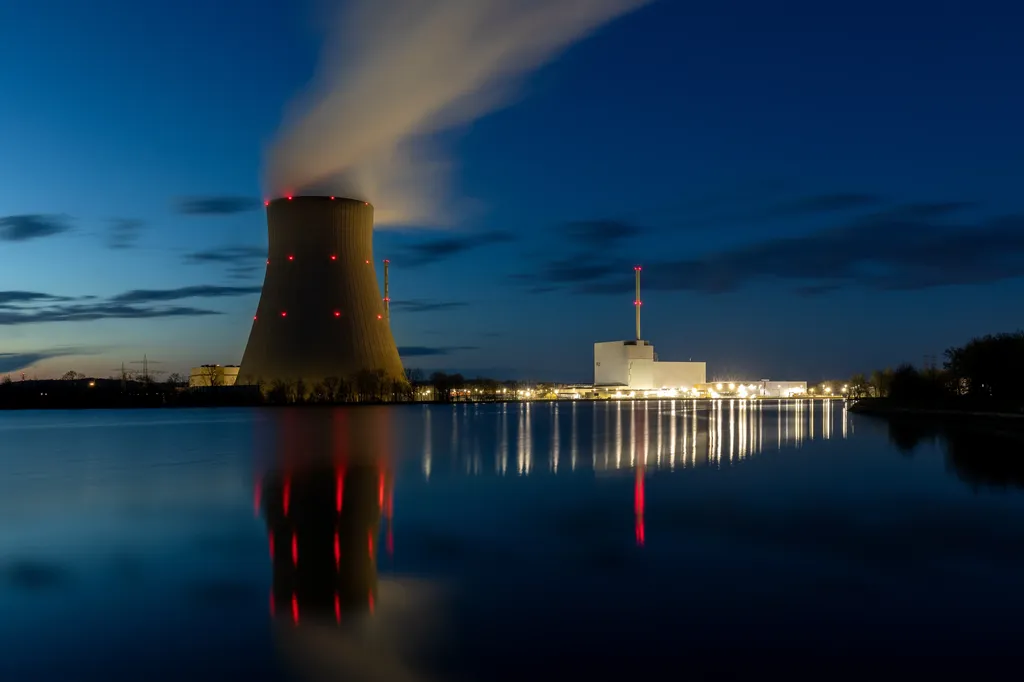In the heart of Granada, Spain, a team of researchers led by S. Becerril from IFMIF-DONES España is making significant strides in the development of test systems that could revolutionize the energy sector. Their recent work, published in the English-language journal Nuclear Fusion, delves into the intricate details of the IFMIF-DONES test systems (TS), a critical component in the quest for advanced nuclear energy solutions.
The IFMIF-DONES facility is designed to provide a fast neutron spectrum, mimicking the conditions inside a fusion reactor. This capability is crucial for testing materials that will be used in future fusion power plants, ensuring they can withstand the intense neutron bombardment. The test systems gather the experimental facilities offered by the plant, as well as the ancillary systems providing supplies and services to those facilities and the irradiation modules.
One of the key components discussed in the article is the test cell (TC), which houses the liquid lithium target and the stripping reaction held between the lithium and the deuterium (D+) beam. “The test cell is the heart of the facility,” explains Becerril. “It’s where the magic happens, where we can replicate the extreme conditions of a fusion reactor and test materials to their limits.”
The article provides a comprehensive overview of the various subsystems, including the vacuum vessel, shielding blocks, and ancillary systems. Each component is meticulally designed to meet specific functional requirements, ensuring the facility can operate safely and efficiently. “Safety is paramount in our design,” Becerril emphasizes. “We’ve conducted extensive seismic, thermo-structural, and fluid-dynamics analyses to ensure the integrity of the system under all operating conditions.”
Beyond the test cell, the article also discusses the facilities for complementary experiments, offering a holistic view of the research capabilities at IFMIF-DONES. The safety aspects applicable to all test systems are thoroughly addressed, providing a robust framework for future operations.
The research not only advances our understanding of materials science and nuclear engineering but also paves the way for commercial impacts in the energy sector. By developing materials that can withstand the harsh conditions of fusion reactors, IFMIF-DONES is playing a pivotal role in making fusion energy a viable and sustainable option for the future.
As the world grapples with the challenges of climate change and the need for clean energy, the work being done at IFMIF-DONES offers a glimmer of hope. The facility’s ability to test and validate materials for fusion reactors is a crucial step towards achieving sustainable and reliable energy solutions.
In the words of Becerril, “Our goal is to contribute to the development of fusion energy, which has the potential to transform the energy landscape. By providing a platform for testing and validating materials, we are accelerating the path to a future powered by clean, sustainable fusion energy.”
The research published in Nuclear Fusion not only highlights the current status of the test systems but also sets the stage for future developments in the field. As the energy sector continues to evolve, the insights gained from IFMIF-DONES will be instrumental in shaping the technologies and strategies that will define the future of energy.

